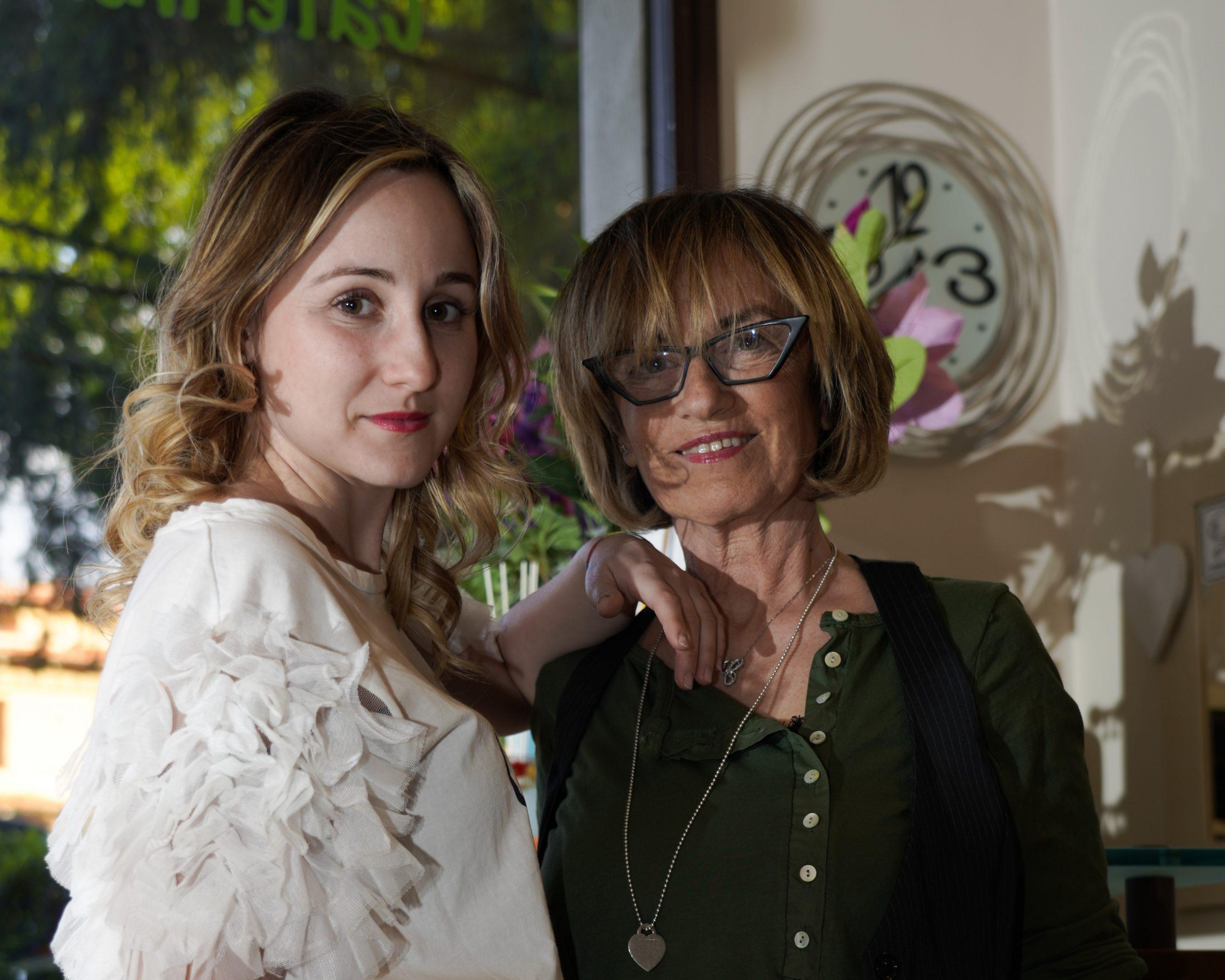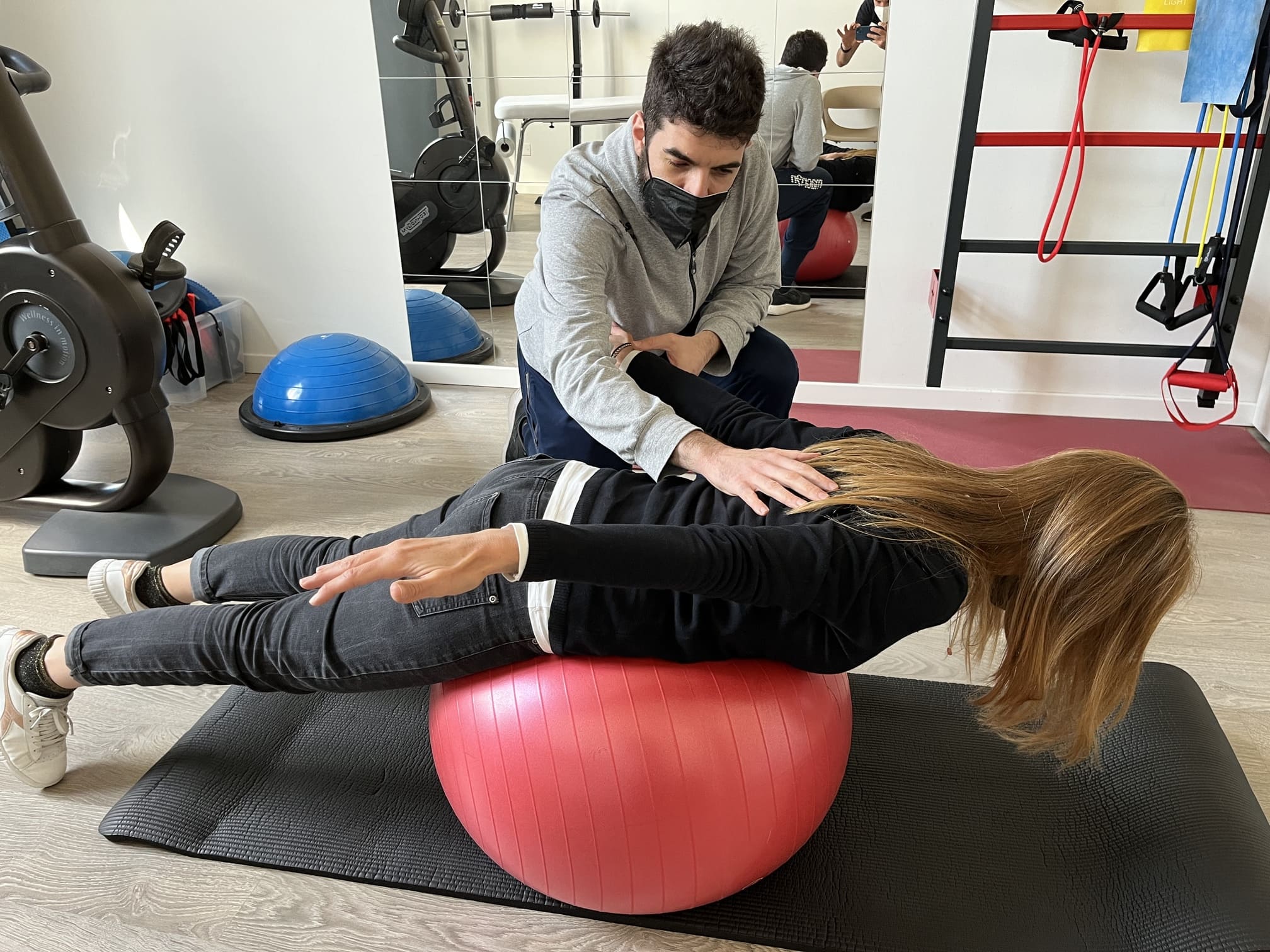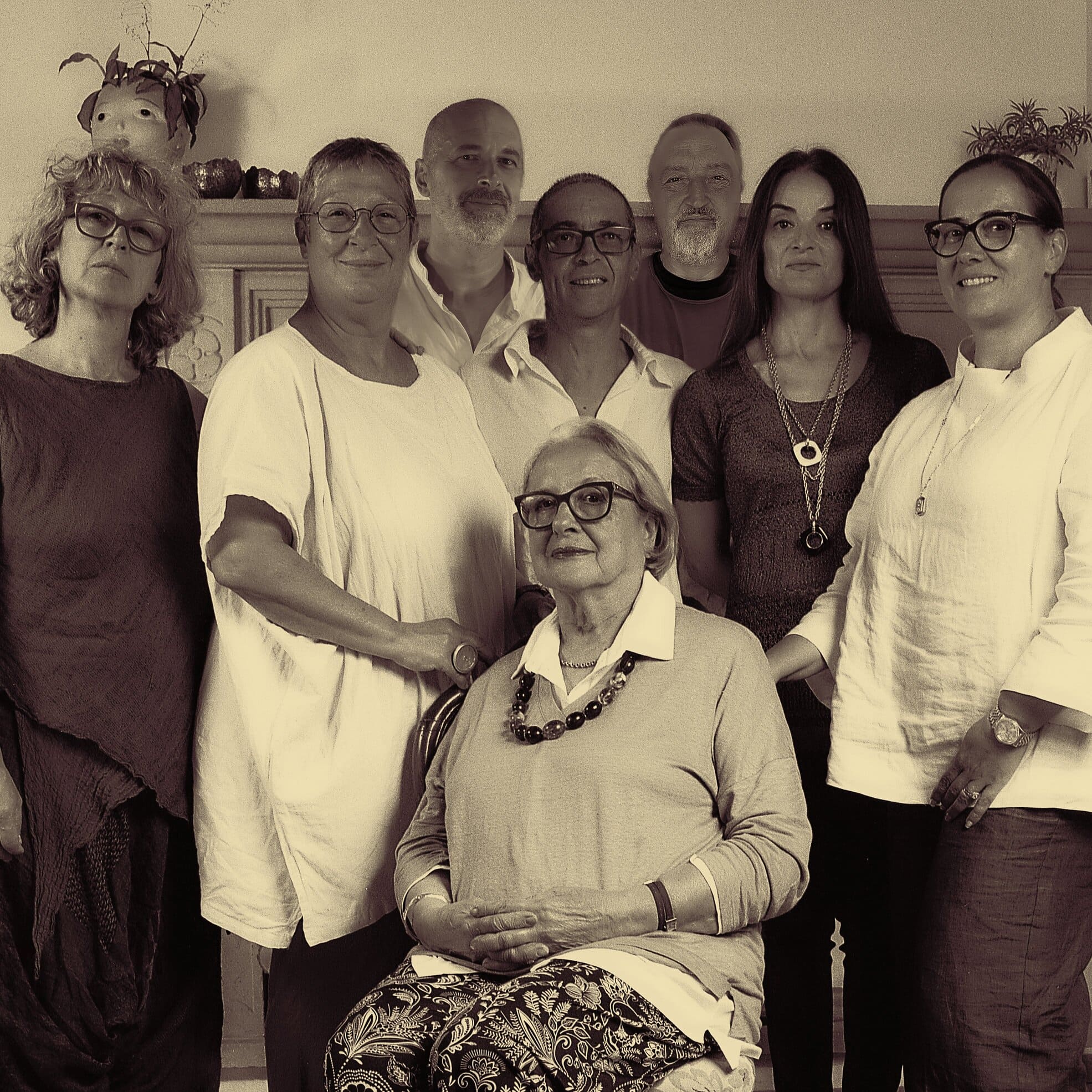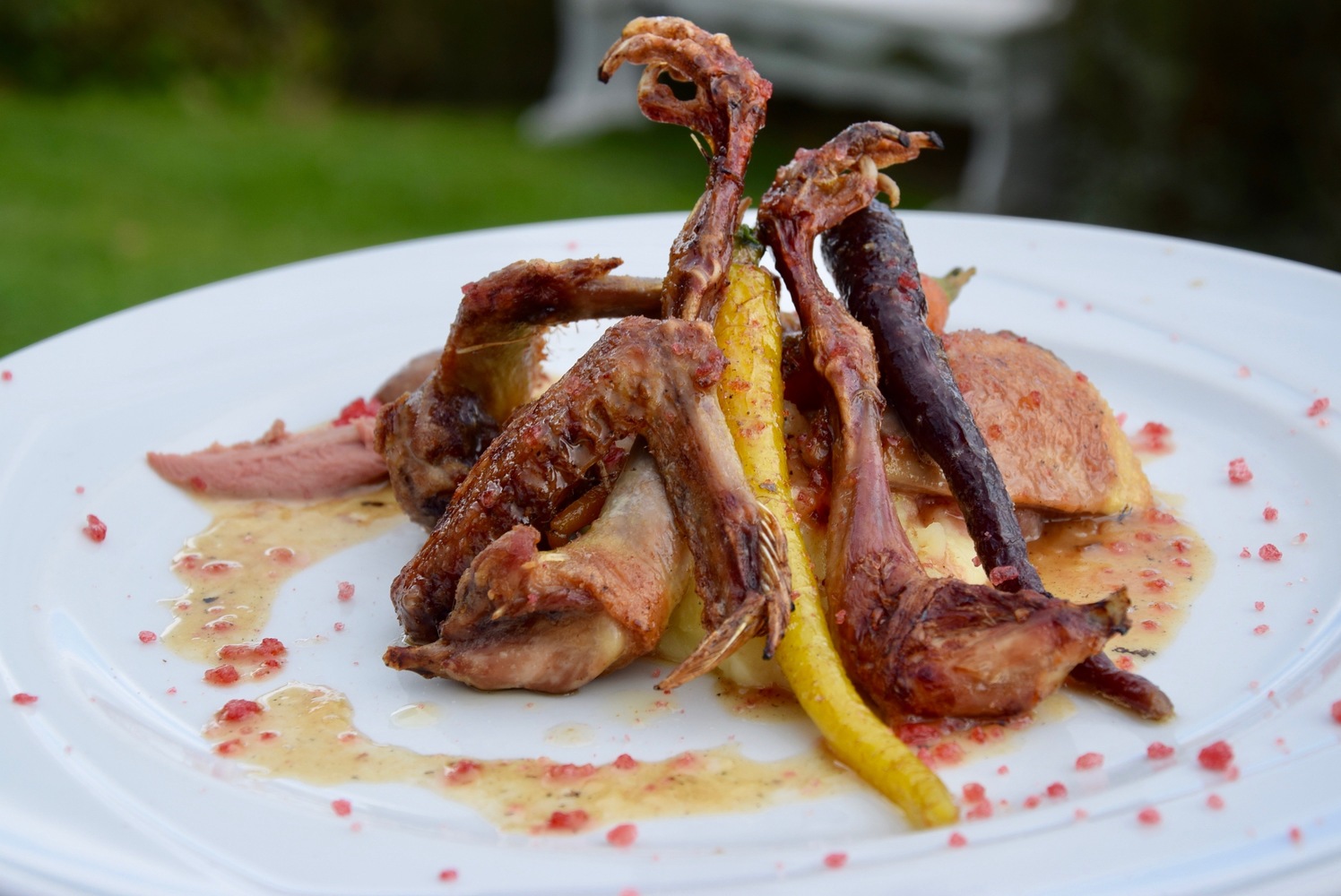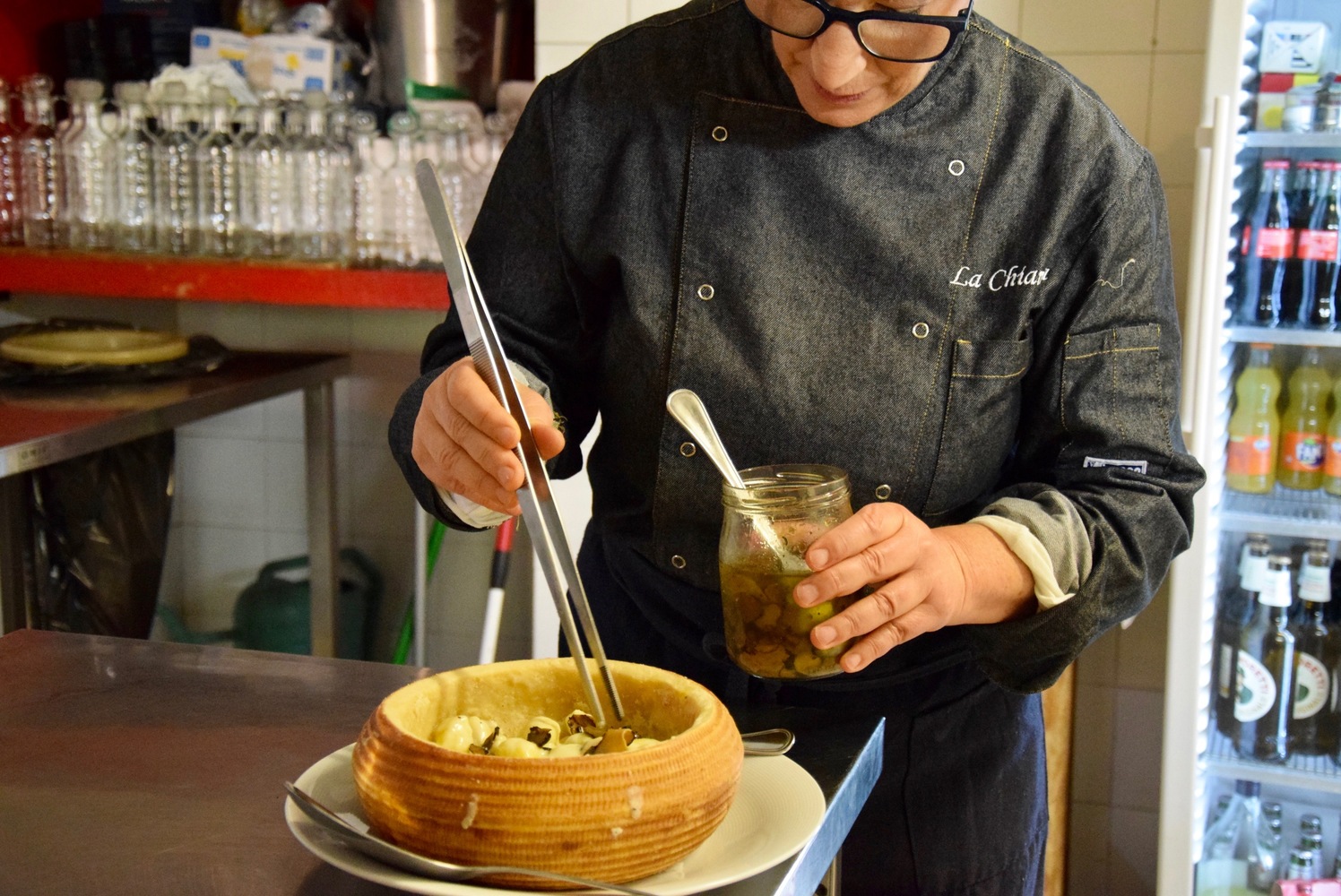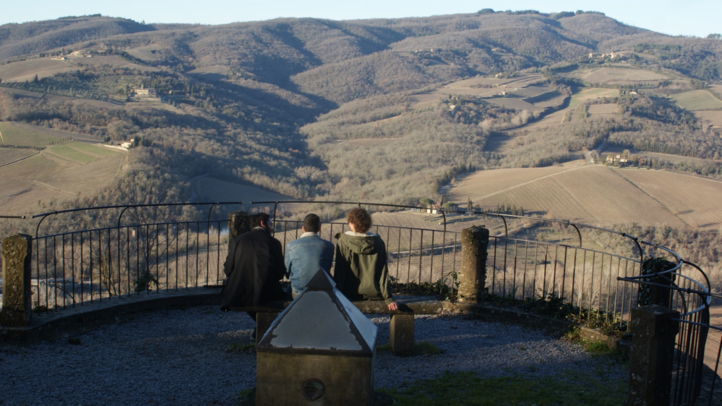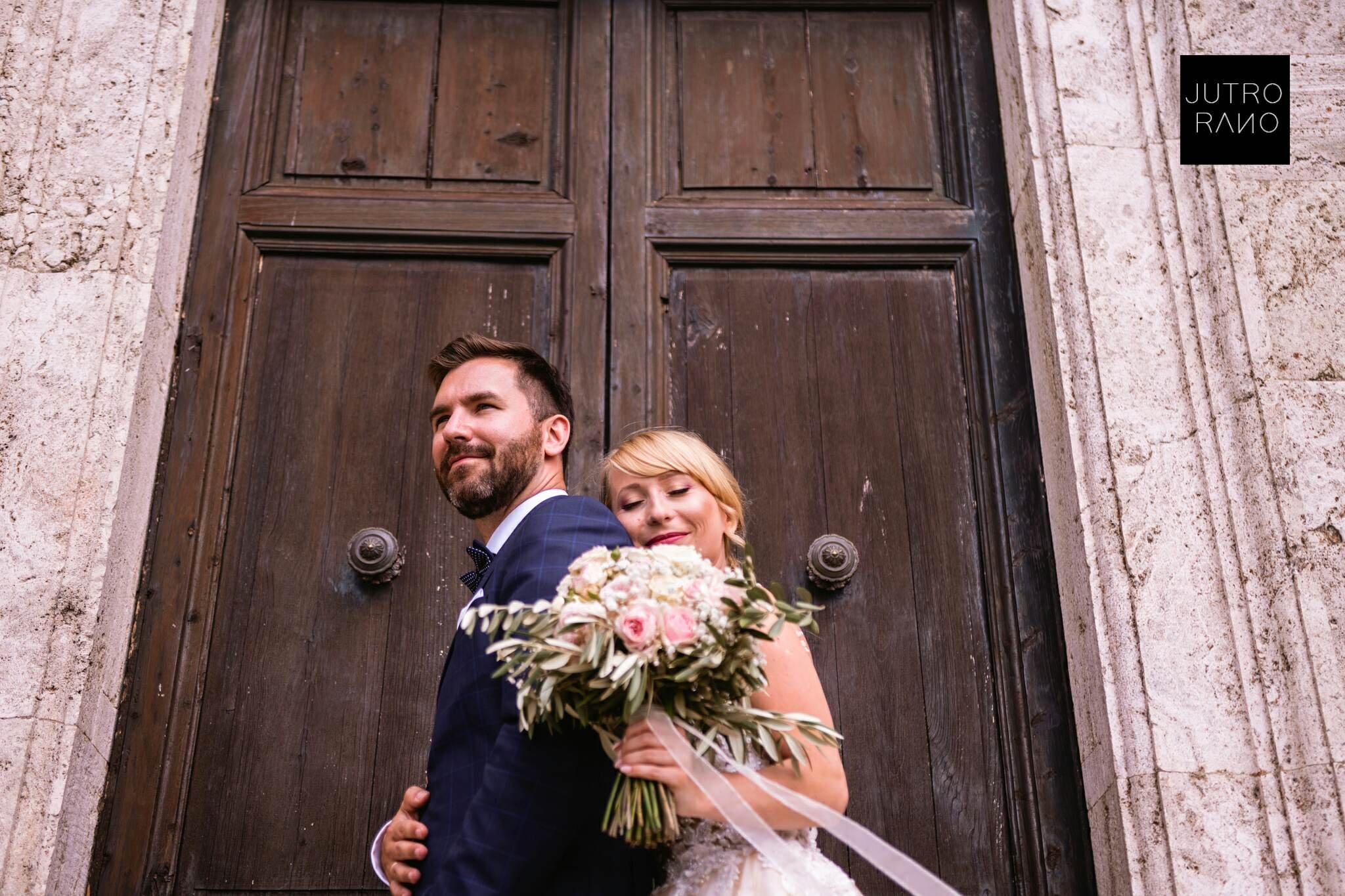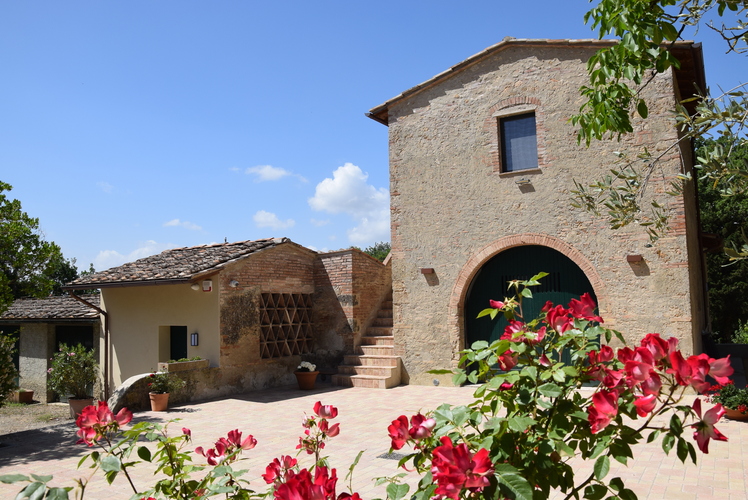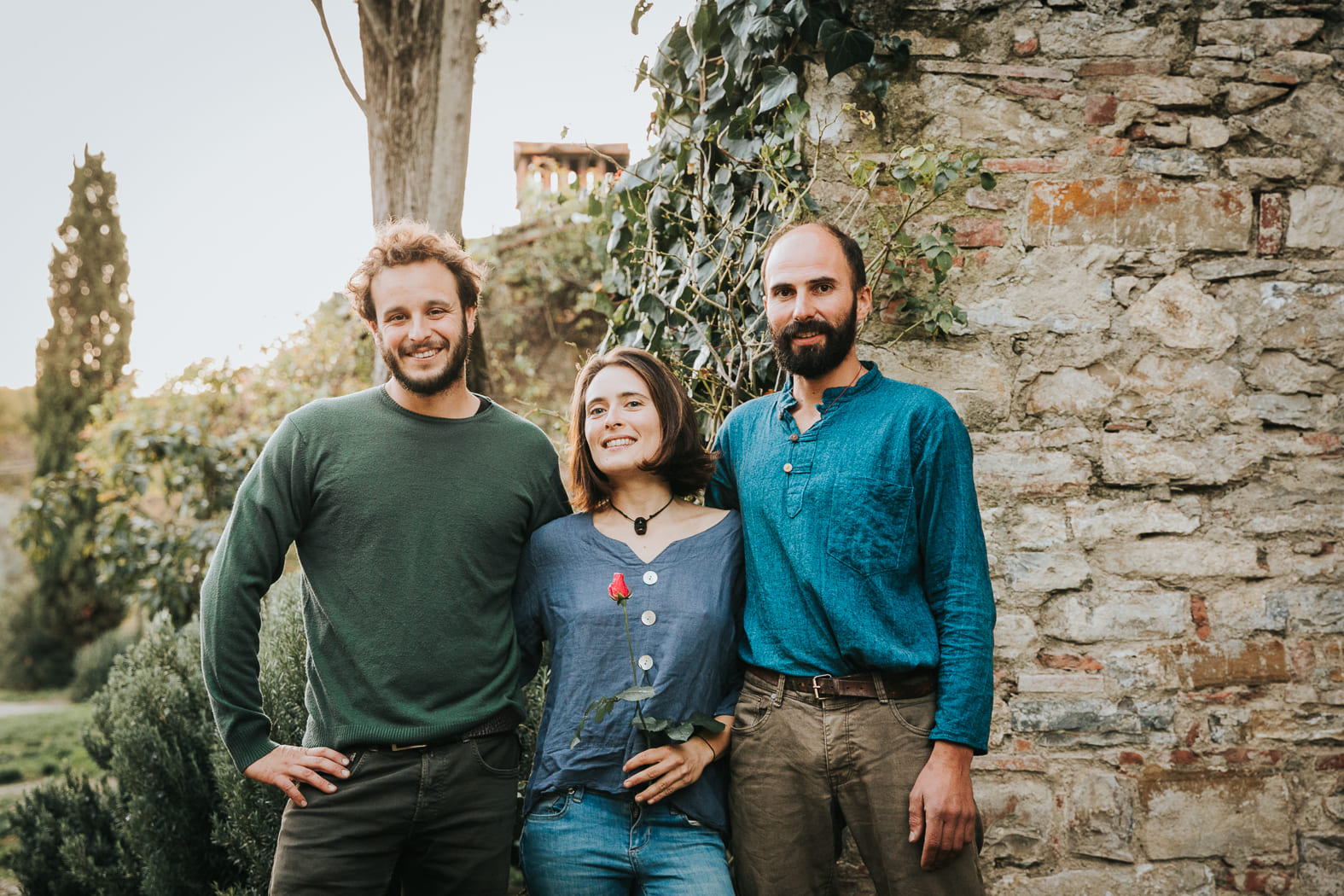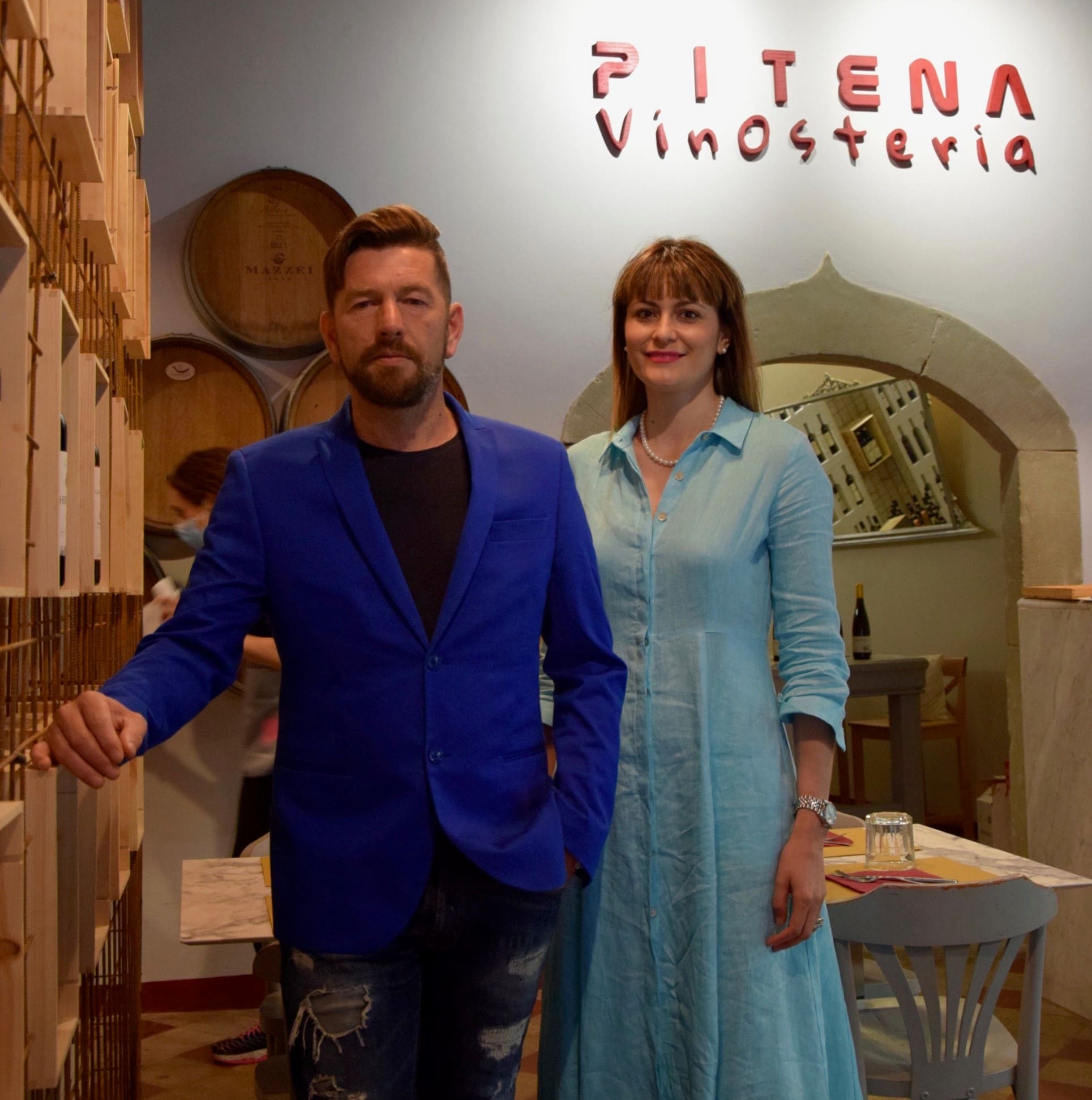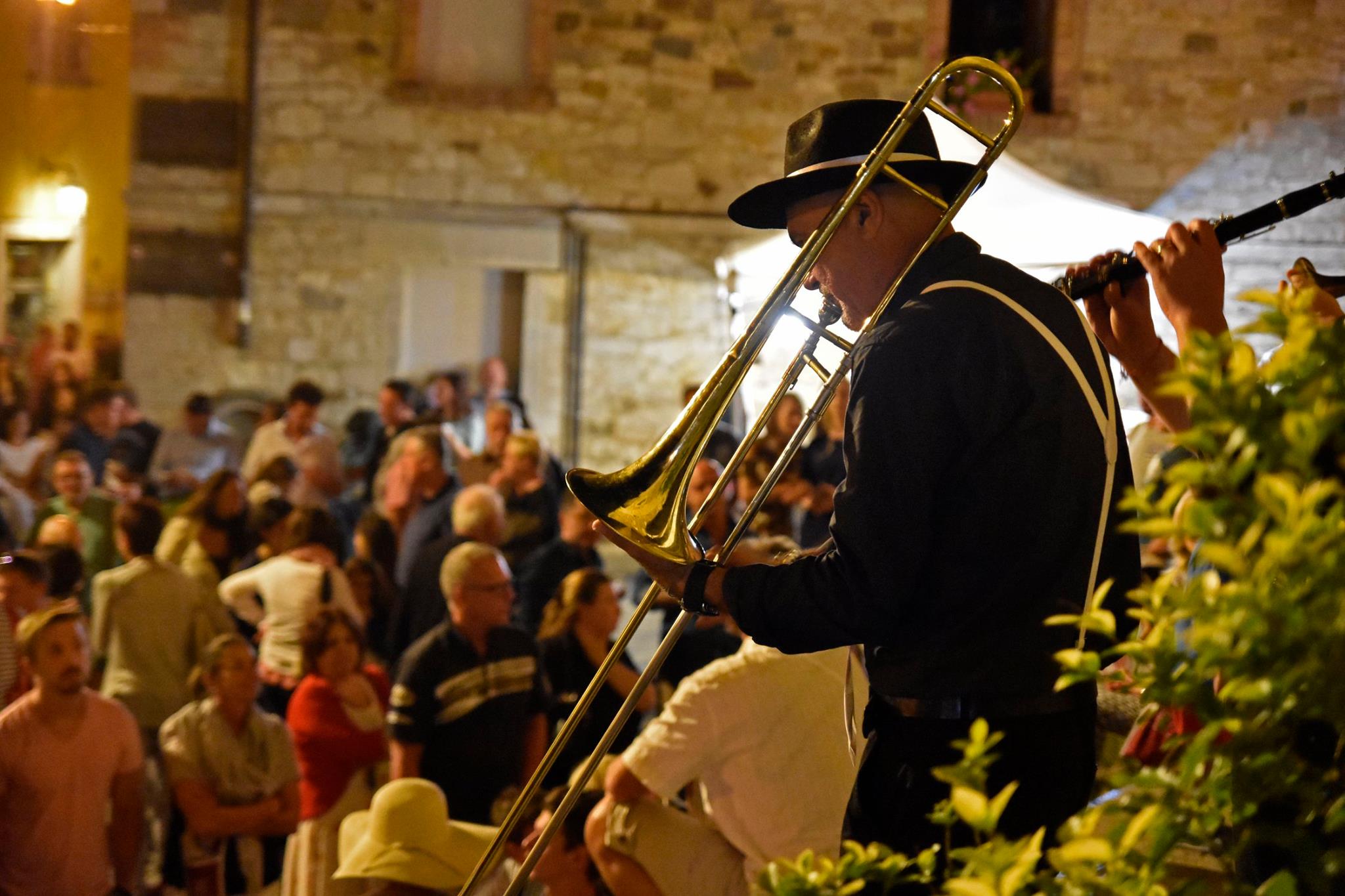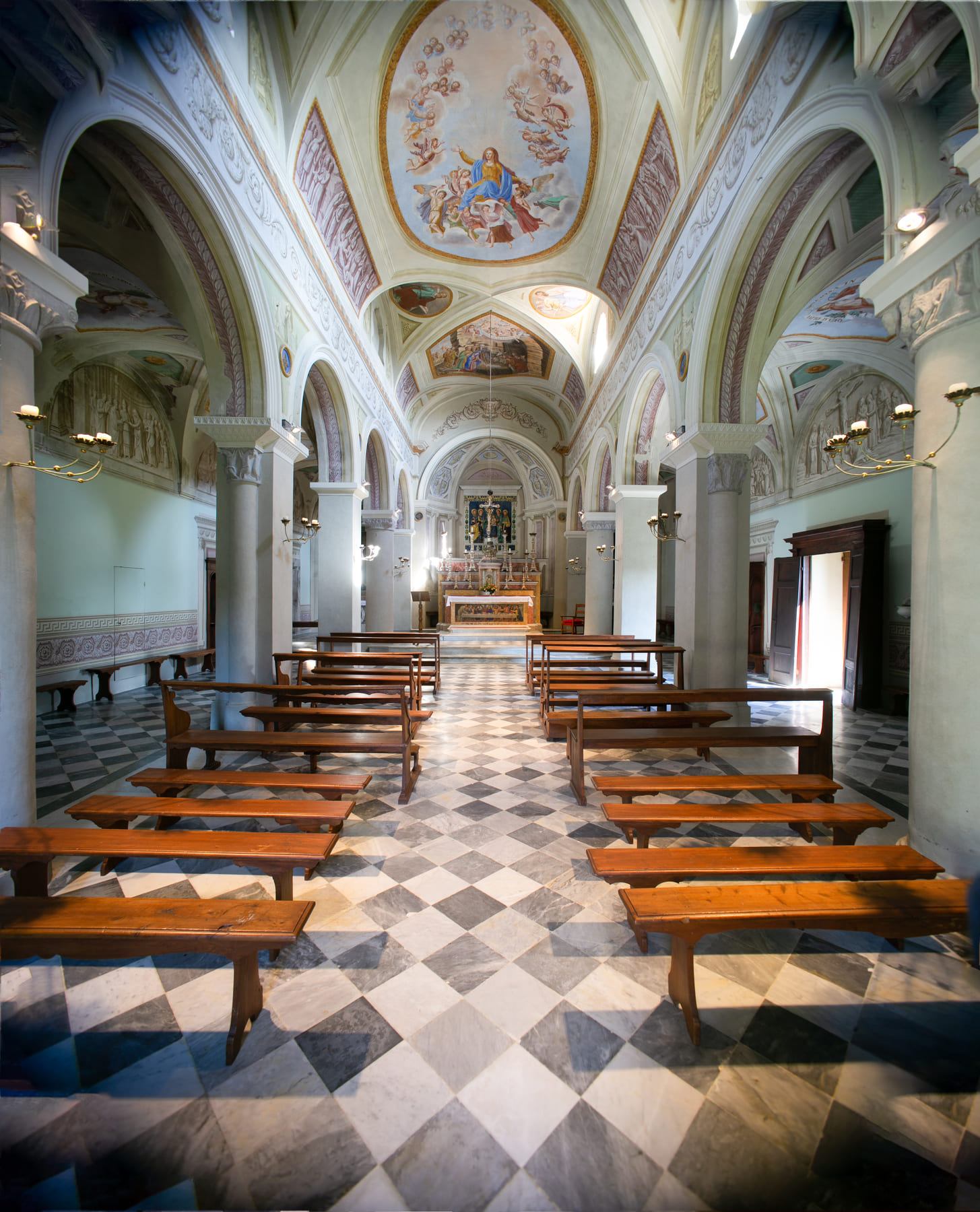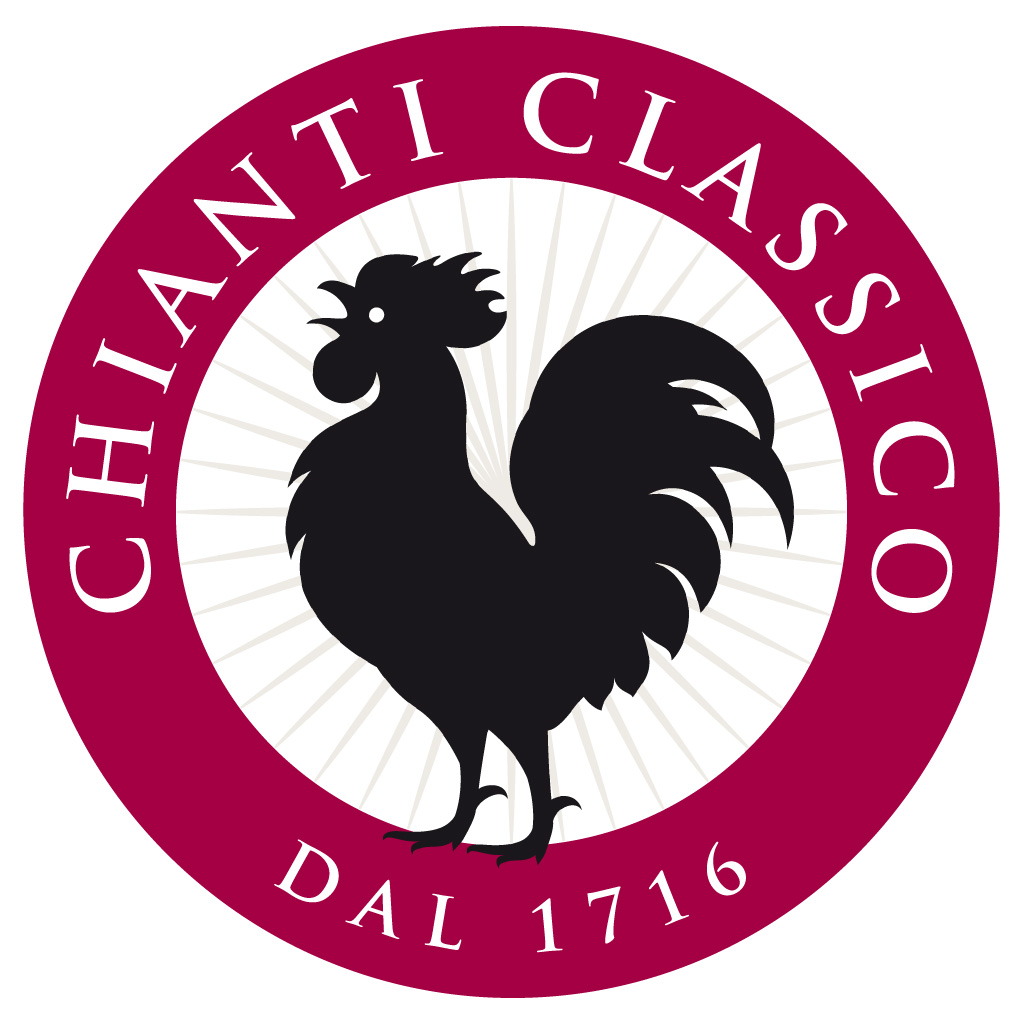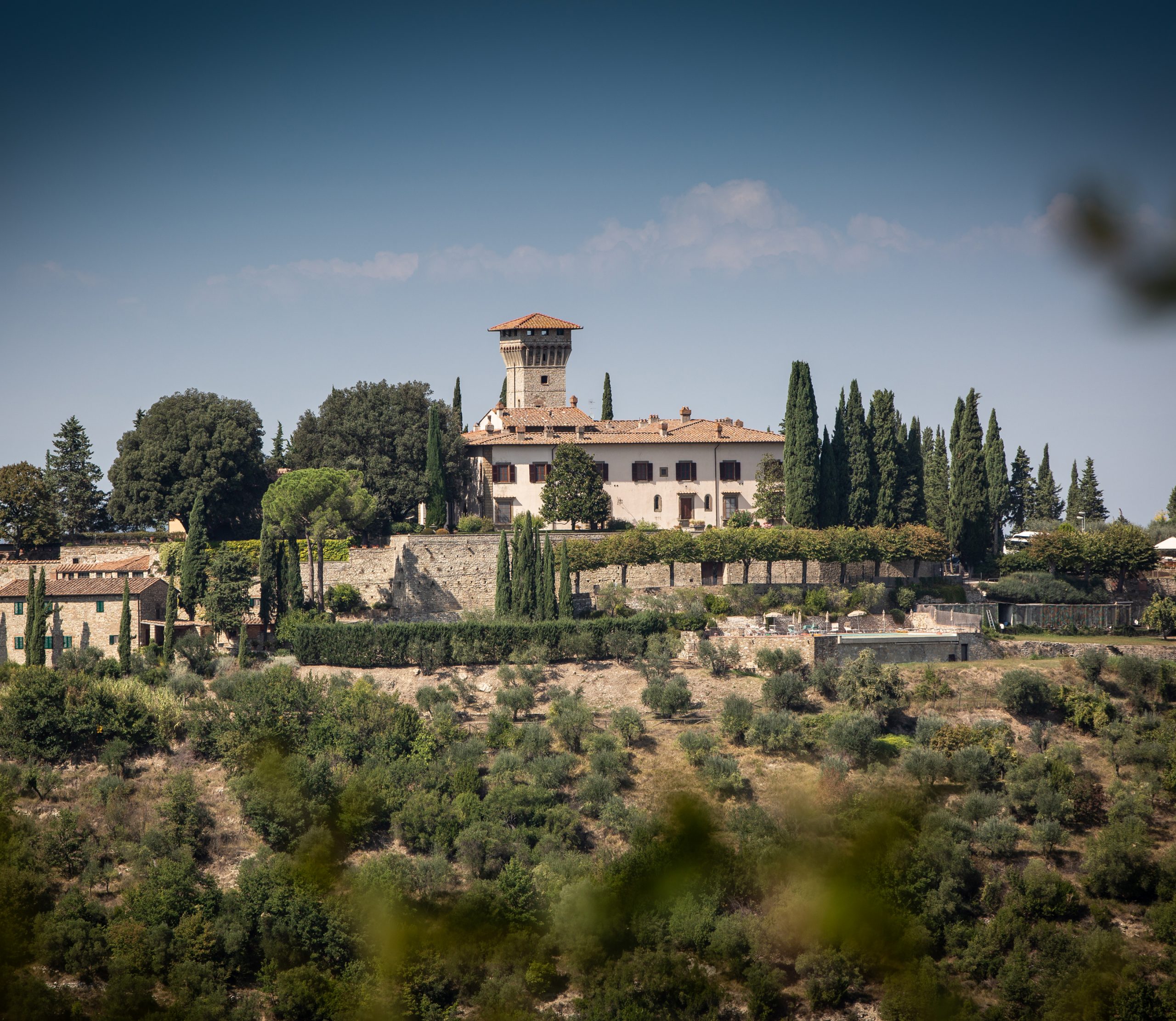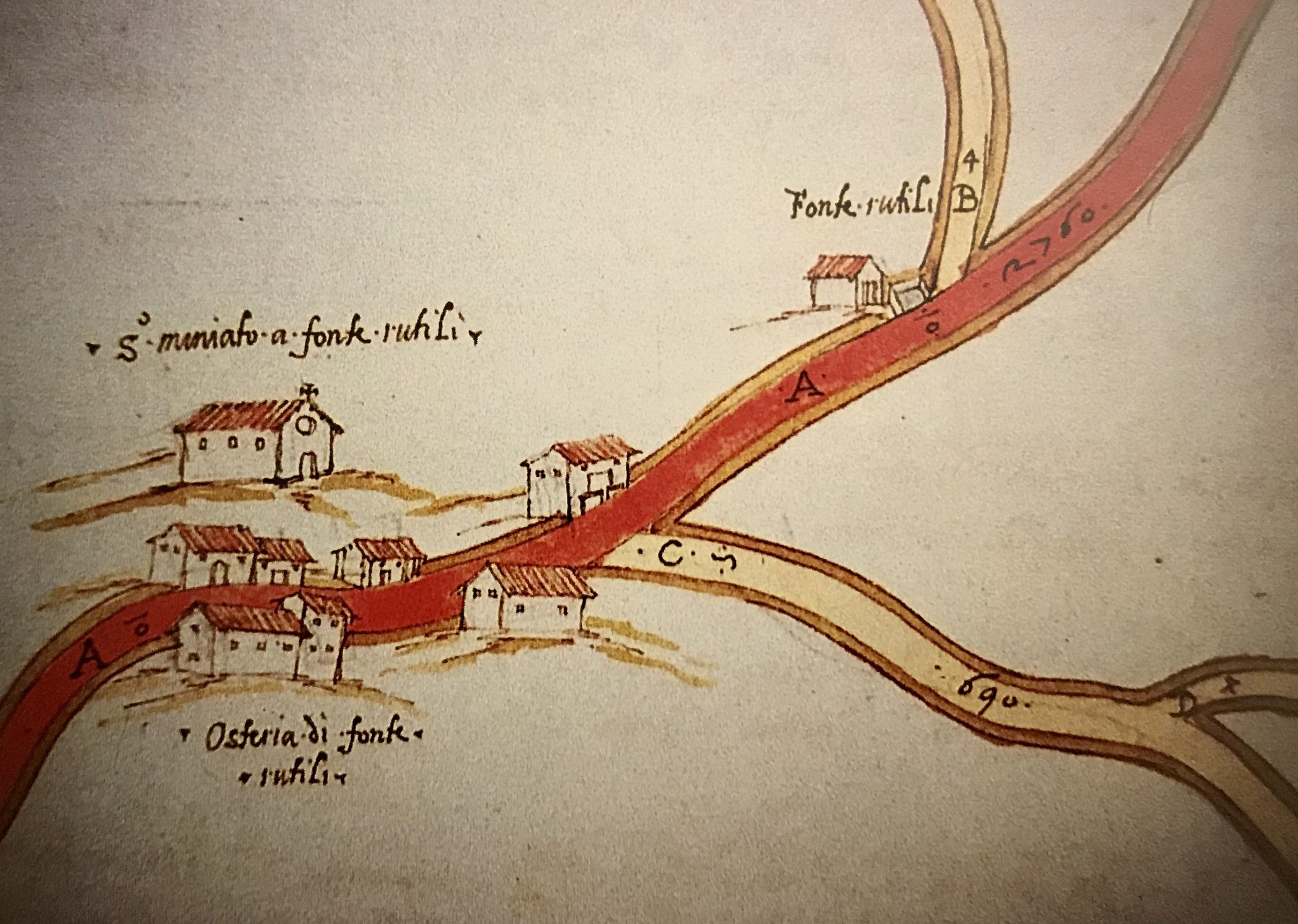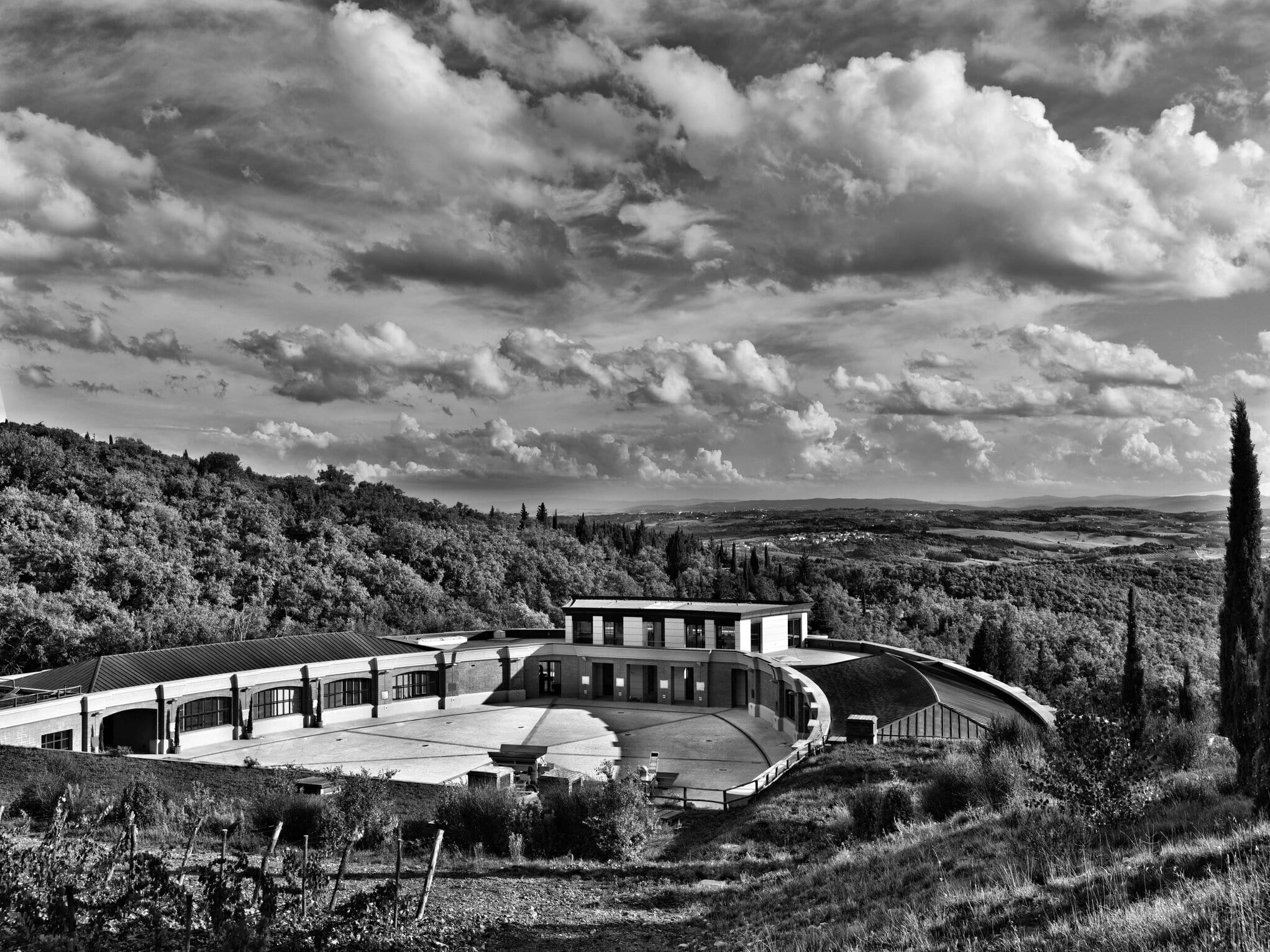Caterina tells us with sweetness and pride: “I am originally from Sicily, to be exact from Catania. I arrived in Florence when I was only two years old and, right from the start, I felt welcomed by the city. At the age of fourteen I began gaining experience at an important salon in Florence. At twenty, after six years of practice and daily commitment, I had already opened my shop! “. Her smile widens, her satisfaction is visible.
read more >Author: Chianti & Valdelsa
The rotator cuff is a set of shoulder muscles – while the rotator cuff muscles are three: supraspinatus, infraspinatus, teres minor.
read more >The heirs of the Bianciardi family have created the Friends of Palazzo Bianciardi Association with the aim of making this heritage accessible through the creation of the MAB, the Bianciardi Archive Museum, so that it can become a resource for the community and beyond.
read more >There is a real air of novelty at the Loggia del Chianti: from this year Simone resumes his role in the family business, determined to leave his mark in what has always been his parents’ place.
A professional rugby player, in the past he has dedicated time and love to this family project, but lately he has understood that to take a step forward he had to dedicate all of himself to the restaurant.
The La Chiantina restaurant, a true reference point for many Castellina gourmets, changed management six years ago, with Salvatore D’Alessandro, manager and pizza chef of the restaurant at its head.
read more >The project, started in 2017, arose from the need to create a multipurpose space, respecting planning regulations and enhancing the park’s landscape without disturbing in any way the trees inside it which are a historical heritage of Radda.
read more >Talking with Valeria is like immersing yourself in a fantastic, almost fairytale world: born in Castellina in Chianti and raised in this generous and fertile land, she immediately began to cultivate a passion for relationships.
read more >The Casa al Vento property is located in the hamlet of Montemorli, not far from Poggibonsi. Here a nineteenth-century agricultural shed came to new life thanks to a preservation and restoration plan devised and directed by architect Giovanni Del Zanna. Works were carried out by EDILPIÙ and their workforce coordinated by foreman Cosimo Lecce, aka Mimmo, under the expert guide of technical director Alessandro Taddei. With their experience, they managed to valorize the building’s historical character while adapting it to the spaces and functions of a modern dwelling, equipped with state-of-the-art technological systems.
read more >In Grignanello today wines without added sulphites are produced following rigorous biological and biodynamic canons. The vineyards, more than 50 years old, extend for about five and a half hectares and are composed of the historic Chianti varieties: Sangiovese, Canaiolo, black Malvasia, Colorino, Trebbiano, and long white Malvasia. In the cellar, an evocative and magical environment, vinification is carried out in beautiful terracotta amphorae from Impruneta, from which red, macerated white and rosé wines are obtained, with an experimental production of passito.
read more >Today Il Pitena successfully continues its activity as a Lounge Bar, but, since 2019, it has been joined by one of the projects that Betty and Daniele care the most about: Il Pitena Vinosteria.
read more >BY GIOVANNI SALVIETTI For the municipality of Castellina in Chianti, summer 2021 is a symbol of the great return to normal and the municipal administration, in collaboration with cultural associations, has organised a rich calendar of events that lasts until autumn. Both adults and children can take part in the fun and learning […]
read more >The first historical evidence is found in a parchment of 1010 preserved in the Abbey of San Lorenzo in Coltibuono, in that document it is called plebes Sanctae Mariae quae dicitur Novella – the term novella in the Middle Ages was used to indicate a new piece of cultivated land.
read more >According to the Consortium, the fame of the black rooster and the similarity with the coloured rooster could generate, in consumer perception, a link between the two brands, so much so that it could give an undue advantage to the Lazio company. A company that, for its part, emphasized the difference between the two roosters: while the black rooster is a collective brand and designates a series of red wines that come from Chianti, the coloured rooster is an individual brand relating to a Vermentino produced in Gallura, an area of Sardinia which owes its name to the same bird. Asked to rule on the request for registration of the coloured rooster, the European Intellectual Property Office compared the two trademarks and, essentially agreeing with the arguments from Chianti, rejected it. As a result, the Lazio company asked the European Court to rule on the refusal of registration.
read more >The Castle has been owned since 1964 by the Matta family, who in the 1980s began in the accommodation business with six apartments inside the castle. Currently there are 16 guestrooms, including those inside the castle and the suites in the rectory. Under the walls we find an enchanting swimming pool with a panoramic view over the valley, a delight for the eyes.
read more >Amongst the great variety of temporal and spiritual potentates that dot the history of Italy, the Holy Roman Emperor Otto III passed through here (remembered by the Edict of Fonterutoli of 998 which put an end to the territorial conflicts of the dioceses of Siena, Arezzo and Fiesole), then Pope Leo X who left Rome and stopped in Castellina to meet the freshly nominated King of France in 1515; here came the Guelph troops who came down from Florence for the Battle of Montaperti (4 September 1260) and were soundly defeated; an earthquake for the European geopolitical scenario in favour of the Empire and the Republic of Siena. We also remember how Filippo Brunelleschi passed here to remodel the fortresses of Castellina, Staggia and Rencine. We also recall, for various reasons, various famous personalities who were here for work or residence, such as Niccolò Machiavelli, Jacopo della Quercia, Lisa Gherardini and Michelangelo Buonarroti.
read more >The wine cellar visit is structured as a ‘wine experience’: technical, emotive, sophisticated. The goal is to experience it without predefined paths, passing through the vinification, the vat, the concept of working with gravitational flow. Finally, the curtain opens on the barriccaia, a theatrical scenography with details that condense into a refined show.
read more >